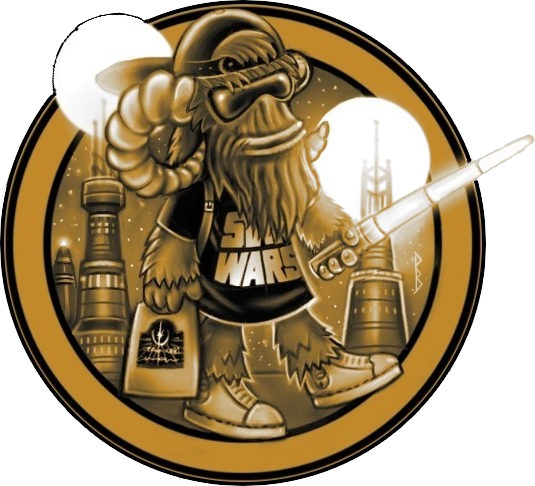Boeing’s Crew Space Transportation (CST) – 100 Starliner, spacecraft or Boeing Starliner to its friends, is one of two US spacecraft projects which sees NASA and Boeing team up to create a “taxi service” for astronauts.
Commonly known for making airplanes that taxi tourists around the world, Boeing is now looking to taxi tourists beyond Earth’s atmosphere: into space.
Since 2011, when the space shuttle was retired, NASA has been relying on Russia to transport its astronauts to the International Space Station (ISS) and has been approaching US companies such as Boeing and SpaceX to create new launch vehicles with the purpose of booking seats on trips through the Earth’s atmosphere as part of the first phase in NASA’s Commercial Crew Program.
Boeing’s attempt, the Boeing Starliner, is a cone-shaped pod designed with the Apollo vessels of yesteryear in mind. It will mount any number of rockets, like the 171ft Atlas V which will be used initially. The seven-seater pod’s cone design will keep its stability when it is plummeting back to Earth. It is designed to land in sand rather than water, but it holds a couple of new-age design features.
For one thing, it’s reusable. Rather than leaving one-and-done capsules in the orbit as another piece of space litter, or in the sea to be eventually picked up, the pod will use a combination parachute and airbag system to allow a gentle landing in the sands of the desert. It can be used up to 10 times and can be docked in space for as much as 7 months.
For another, it’s almost completely automated. Like the idea of us using a Tesla as an Uber, the Starliner will travel, dock and land, completely automatically, with manual controls installed as a backup. It even has Wi-Fi. Astronauts can play cards on GGPoker, watch Netflix from the stars or check their horoscope to see if a soft landing is ‘in the stars’.
Having been attached to one of its several rocket options and launched from SLC-41 at Cape Canaveral Air Force Station, Florida, Starliner will then commence an orbital “chase” for the ISS for docking. The pod will head towards the ISS which will be signaling with bright lights and use data from sensors on the side of the pod to inform its thrusters on how to navigate into the Space Station’s dock.
On the way back, the pod will separate from the ISS and begin its process home by first positioning itself over the Pacific Ocean. The pod is made up of two primary parts: the crew module and the service module, which will separate and essentially freefall through Earth’s atmosphere, with a heat shield making sure the journey of the fireball doesn’t affect the crew inside. Once the pod is 9km from the ground, two drogue parachutes will deploy, followed by the three main parachutes and once the pod reaches 900m above ground, the airbags will deploy and gently settle the pod to Earth.
And it must be noted: most of this process will be automated. Even Solo was pressing a million buttons while being told about bad feelings.
An uncrewed test flight was launched on an Atlas V N22 on the 20th of December from Florida’s space center, but the Starliner had a problem with a timing “anomaly” which inhibited its docking the ISS.
Unfortunately, making new-age spacecraft seems to be taking a lot longer to nail down than Boeing expected, with delay after delay reported by the company. The latest update is that several of the pod’s valves didn’t open as predicted during the launch countdown on the 3rd of August test and therefore was postponed indefinitely. Since nicknamed the Calamity Capsule by some media outlets, the idea to take any form of inspiration from an Apollo design feels like a bad omen. Someone, have Tom Hanks standing by.

